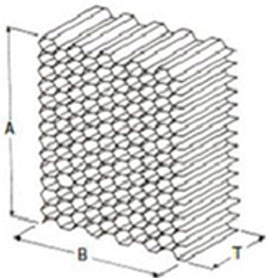Hi All,
EN60204 states: "The connection of two or more conductors to one terminal is permitted only in those cases where the terminal is designed for that purpose." Does anybody know whether this prohibits the use of standard twin ferrules (where two wires are crimped into a single ferrule) or whether the assembly of two wires and a ferrule is somehow considered to be a single conductor in the eyes of the standard?
Twin ferrules seem to be commonly used in machine building, often with claims of compliance with 60204. I was expecting to find some easily accessible guidance/knowledge/definitions regarding this situation but my web trawl hasn't found much.
Any wisdom will be gratefully received. Thanks.




